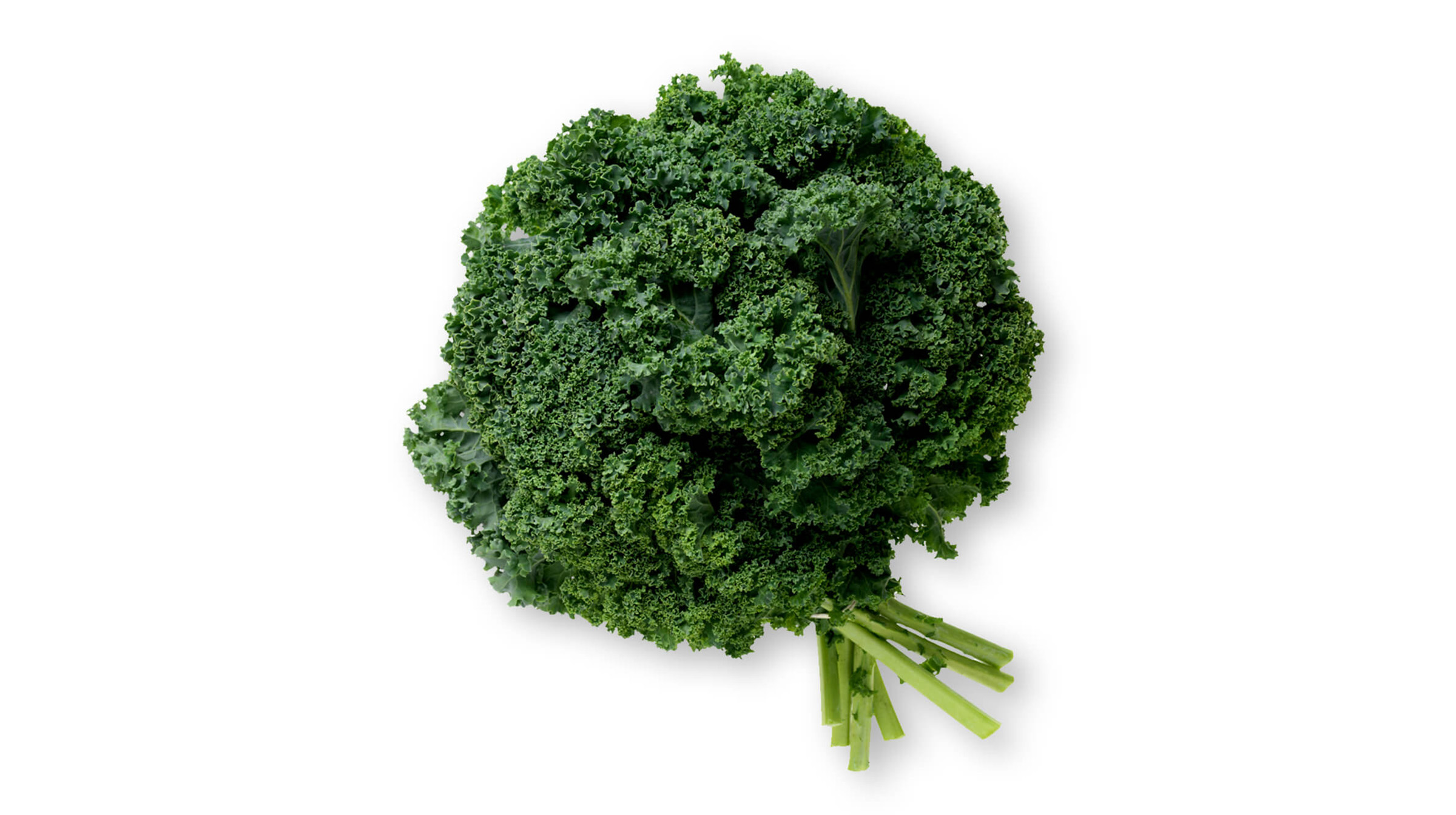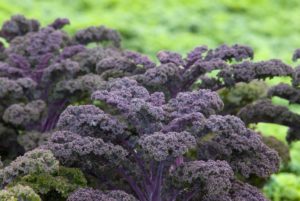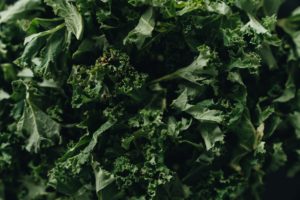Kale Benefits and Nutrition Facts

What is kale? And why is kale good for you?
Kale Nutrition
To answer the question, is kale good for you? We should start by asking what is kale?
It wasn’t until fairly recently that kale got its status as a superstar among foods. In 2012 kale began to appear on menus of top notch restaurants and became a favorite among health conscious food bloggers. Since then kale has become so popular that it even has its own day – National Kale Day – on October 3 in the U.S.
Kale is a dark green leafy vegetable.The kale plant belongs to the same family as cauliflower, collard greens, cabbage and broccoli and it comes in many different varieties. Most of the Kale produced in the U.S. is grown in California.
There are many different types of Kale and all are good for you. Some of the most common types of kale are curly and lacinato (also commonly called dinosaur or Tuscan). Other, less popular varieties include red russian, siberian and chinese kale.
Kale has a mildly bitter and peppery taste when raw and it can be somewhat tough and fibrous. However, massaging it prior to eating can help break down the fibers and make it easier to eat. Baby kale is also a great option if you are looking for a slightly more tender product.
The health benefits of kale come from its wide variety of vitamins and minerals. Even though each variety of kale has its own texture and flavor, all are packed full of antioxidants, vitamin A, vitamin K, vitamin C and fiber. A serving of kale is considered one cup and there are only 10 calories in kale per serving.

Kale is an excellent source of vitamins C and K, providing 25 percent of the daily recommended amount of vitamin C and 80 percent of the daily recommended amount of vitamin K. Vitamin K aids the body in normal blood clotting and maintaining bone health. Vitamin C is vital for a healthy immune system. This goes beyond just helping you beat the sniffles. It acts as a powerful antioxidant that fights off disease causing free radicals, aids in wound healing, and fighting infection.
Kale also provides vitamin A, which is a key nutrient for healthy vision, cell division, growth and reproduction as well as a strong immune system. A diet rich in vitamin A may also help reduce the risk of developing diseases such as cancer and heart disease that form from free radicals. This is because the vitamin A in kale is converted into free radical fighting antioxidants in the body.
The fiber in kale helps regulate the body’s use of sugars and promotes a regular and healthy digestive system. Other nutrients in kale include lutein, zeaxanthin, vitamin B6, folate and manganese. These nutrients perform a variety of functions in the body from growth and development to eye health and much more.
At the grocery store you can purchase kale in fresh bunches or in prepackaged bags. If you buy it in prepackaged bags labeled “triple-washed,” “washed” or “ready-to-eat,” you do not need to wash it before preparing. When kale is packaged in this way it has already been washed prior to packing.
Why is kale bad for you?
It’s not! In fact kale is really good for you. Some even go as far as to call it a superfood, which are foods that are low in calories but offer maximum nutritional value. However there are instances where certain individuals should monitor the amount of kale they consume. This includes people on blood thinners – also known as anticoagulants – and those with underactive thyroid conditions such as hypothyroidism.
Individuals who are on blood thinning medications should be careful not to suddenly increase their consumption of kale (as well as other dark leafy greens). This is because kale is high in vitamin K, which can reverse the effects of anticoagulant drugs if suddenly increased in the body. That does not mean these individuals should cut kale out completely, it just means they should be consistent about how much kale and other foods with high amounts of vitamin K they consume on a regular basis.

Furthermore, individuals who suffer from hypothyroidism should also monitor the amount of kale they consume. Hypothyroidism is a condition in which the thyroid gland is underactive and doesn’t produce enough thyroid hormone.
This is because kale contains goitrogens, naturally occurring substances that can block iodine from entering the thyroid gland. The body needs iodine in very small amounts to make thyroid hormones that promote normal metabolism. A deficiency of iodine can lead to enlargement of the thyroid, called goiter. People who eat enough iodine and metabolize it normally will not be affected by these goitrogens. However, people who have hypothyroidism are at greater risk of developing goiter due to their thyroid’s inability to produce enough thyroid hormone.
What is the best way to eat kale?
The best way to eat kale depends on your preferences. Kale provides a wide variety of nutrients regardless of how it’s prepared. Eat it raw, sautéd, steamed or roasted. Kale is also a great addition to smoothies, soups, stews, stir fries, and pasta dishes. Some people even enjoy swapping out other leafy greens for kale in their salads or making their own homemade kale chips.
However you decide to eat kale, just be sure to always wash it with cool running water (as well as other leafy greens) before eating or preparing. Washing at home is not necessary if kale (or any other leafy greens) is in a package labeled as “pre-washed” or is “ready to eat.”
Is kale better for you cooked or raw?
Studies have found that cooking kale can slightly reduce its vitamin C, antioxidant, and mineral content. However, if you prefer cooked kale, steaming it for a short period will preserve the most nutrients compared to other cooking methods.
Whether you like kale cooked or raw it’s important to remember that kale remains a healthy choice in any form. Therefore, we recommend enjoying it in whatever way will inspire you to consume it on a regular basis.
Kale vs spinach
When comparing the benefits of kale vs spinach you really need to consider your own personal nutrition needs and preferences to decide on the better option for you. These dark leafy greens are both good for you and contain many of the same nutrients. Since they offer similar health benefits, we recommend eating the one you enjoy more. Do keep in mind, though, that it is good to eat a variety of different leafy greens in order to consume a range of nutrients.
